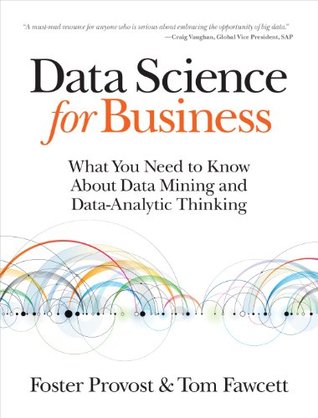More on this book
Community
Kindle Notes & Highlights
It is called Manhattan (or taxicab) distance because it represents the total street distance you would have to travel in a place like midtown Manhattan (which is arranged in a grid) to get between two points — the total east-west distance traveled plus the total north-south distance traveled.
Jaccard distance treats the two objects as sets of characteristics. Thinking about the objects as sets allows one to think about the size of the union of all the characteristics of two objects X and Y, |X ∪ Y|, and the size of the set of characteristics shared by the two objects (the intersection), |X ∩ Y|.
expected value computation provides a framework that is extremely useful in organizing thinking about data-analytic problems. Specifically, it decomposes data-analytic thinking into (i) the structure of the problem, (ii) the elements of the analysis that can be extracted from the data, and (iii) the elements of the analysis that need to be acquired from other sources (e.g., business knowledge of subject matter experts).


